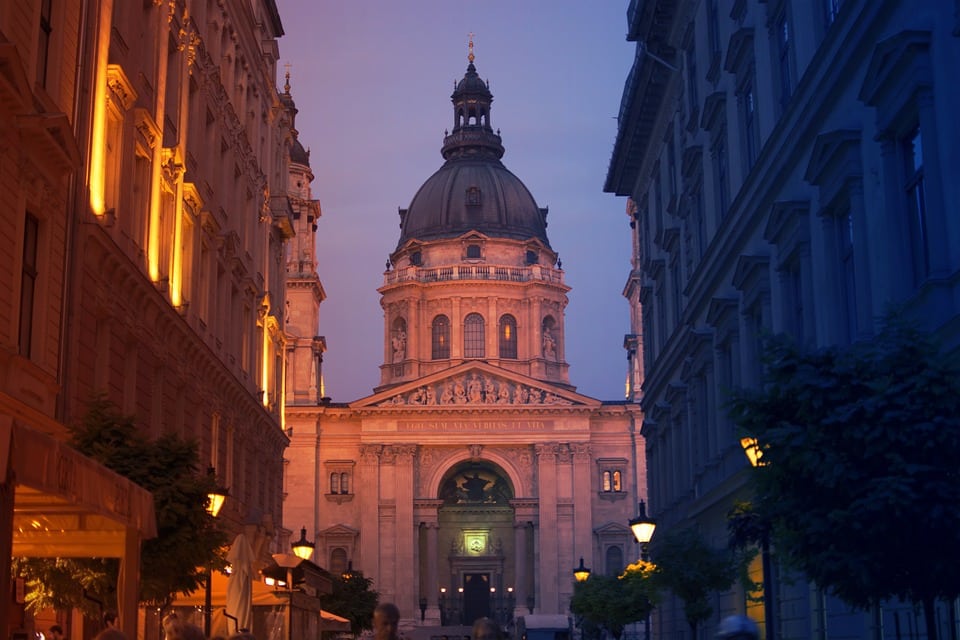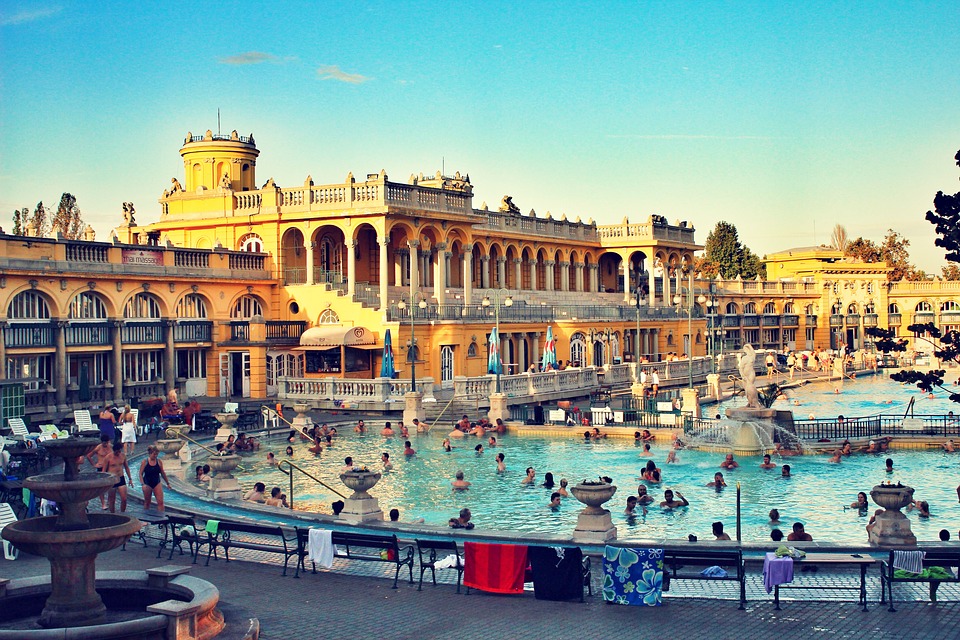The most visited Hungarian tourist destinations – top list
Tourism in Hungary is flourishing: records of guest reservations are broken every year, and hotels are full all the time, which also makes tax grow significantly. HelloVidék.hu has examined the most visited settlements where local governments get the highest income from tourism tax.
According to the analysis of KSH (Hungarian Central Statistical Office) from 2018, the sector has constantly been growing since 2013. The accommodation service’s gross income grew by 8.8% (on the same rate) in 2018 and exceeded the average growth tempo of the GDP in the country. The number of employees in the sector was 105000 last year, which means a 3% growth compared to 2017.
Since 2009, the number of overnights has been rising significantly every year.
Last year, it exceeded 30 million and is still rising.
During the first 5 months of 2019 (10015827), there have been more guest overnights spent than during the same period of 2018 (962450), based on the information of KSH.
Serious differences can be recognised based on seasonality. According to KSH, in July and August, the number of guests was three times more than in January and February this year. The warmer climate intensifies tourism, and at the end of the year, during autumn and winter, it slows down again.

St. Stephen’s Basilica
There are five special regions in the country that are financially supported by the government to attract tourists. In Tokaj, Felső-Tisza, and Nyírség, significant growth was achieved in terms of guest overnights compared to 2017. The guest turnover increased by 12.9%. At the Danube Bend, the rise was 6.9%. The region of Balaton has not achieved outstanding growth. However, it is still the most visited tourist site of all in the country.
According to the Hungarian Touristic Agency (MTÜ), the top three accommodation sites of 2018 were in
Budapest, Hévíz, and Hajdúszoboszló.
Among the Hungarian citizens, Budapest and Hajdúszoboszló are the most popular, with Zalakaros in the third place. Foreigners prefer the settlements around Balaton after Budapest because of the spas. In 2018, the ten most-visited settlements registered altogether 16 646 635 overnights, and this is 53.5% of the whole customer turnover in Hungary.

Hévíz – Lake Bath
Here is the list of the 20 most visited settlements of Hungary
- Budapest
- Hévíz
- Hajdúszoboszló
- Bük
- Balatonfüred
- Zalakaros
- Siófok
- Sárvár
- Győr
- Szeged
- Gyula
- Eger
- Miskolc
- Debrecen
- Sopron
- Visegrád
- Pécs
- Kecskemét
- Velence
- Gyöngyös
Compared to the previous one, this list changed a lot. We can see that the spas and county seats are the most favoured destinations of tourists. The settlements including spas for all seasons have made considerable progress on this list. So, we can see what we should aim to improve.

Széchenyi Thermal Bath
Who pays tourism tax (IFA)?
Those who are not residents and spend at least one night on the territory of the local government are obligated to pay this tax. People under the age of 18 who spend the night in social institutions are free from paying it. The local governments impose different sums of this tax, but the maximum limit can only be 4% of the reservation price or a fixed price, and it has a separate block on the bill. This fixed price used to be 300 HUF (circa 1 USD) when the law was introduced, but due to inflation, it is 517 HUF (1.75 USD) this year.
There are very few settlements where IFA is under 400 HUF (1,35 USD), but it has not reached the maximum of 517 anywhere. The towns of Hévíz and Balatonfüred are very close, though, with 515 HUF (1,74 USD), and in Bük, Hajdúszoboszló, Zalakaros, and Sárvár, this tax is 500 HUF (1,69 USD) per night. The domino effect is very likely to appear concerning this issue – if one settlement raises, the others follow. The winner that benefits the most from IFA and the overnights is Hévíz, with a profit of
600 million HUF (2.031.832 USD) per year.
The estimated IFA-income of Hajdúszoboszló can be 495 million HUF (1.676.261 USD), and Bük can count with circa 370 million HUF of profit (1.252.963 USD) in 2018 – based on the estimation of HelloVidék. Balatonfüred’s IFA-income is also considerable: 362 million HUF (1.225.872 USD).
There are smaller towns and villages that are less visited but tend to follow the tendency of raising IFA in order to receive a higher income. Sárndorfalva in Csongrád county plans to raise IFA by 50 HUF per year, and by 2021 (300 HUF – 1 USD), the amount of the tax is going to be doubled compared to 2018 (150 HUF – 0,5 USD). The local government of Kőszeg has already raised IFA from 380 HUF (1.28 USD) to 450 HUF (1,52 USD) in one year – nevertheless, it is still stuck behind its more visited rival towns and cities.

Countryside – Hungary
However, there are settlements that have chosen another strategy. Instead of raising IFA, they decreased it, e.g. Gyöngyös or Mogyoród. In Gyöngyös, IFA was decreased from 505 (1,71 USD) to 450 HUF (1,52 USD), and the same thing happened in Mogyoród where it was reduced from 450 (1,51 USD) to 290 HUF (0,98 USD). If we take a look at the IFA income of Mogyoród, it raised after the reduction from 3 million HUF to 4.6 million HUF. How is it possible? The renters’ willingness to pay their share was motivated by the tax cut. There are settlements where there is no income from IFA at all, e.g. in Csobánka, but there, it is imposed all the same.
Source: hellovidek.hu
please make a donation here
Hot news
What happened today in Hungary – 26 July, 2024
Drama: number of births in a 20-year low in Hungary
Yay or nay? – 6 odd Hungarian delicacies that make our skin crawl
Budapest tourism “exploded” this past weekend
Container transport in Budapest may stop: How will this affect Hungarian economy?
Minister: Hungary will protect its territory by every means possible




